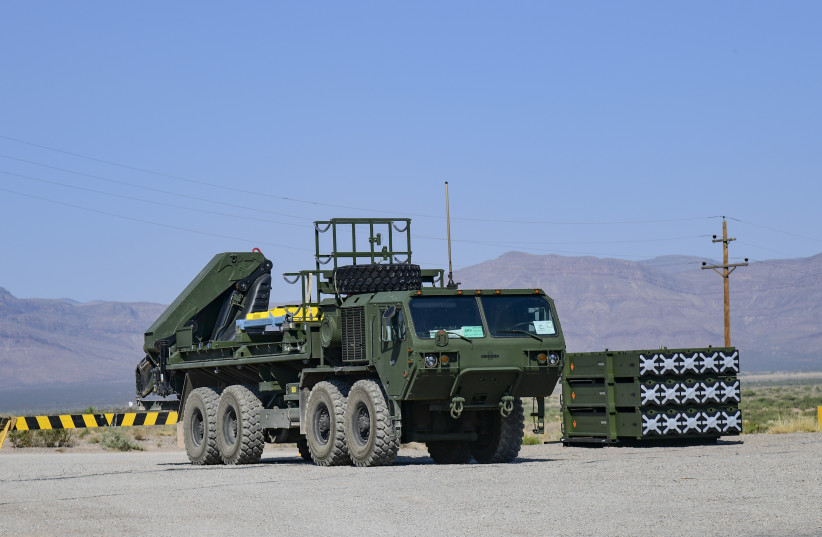Two Iron Dome batteries purchased by the US Army are heading to Guam for further tests and training of troops who will be manning the system, Defense News reported.
Dubbed Operation Iron Island, the deployment to Andersen Air Force Base in Guam will test the capabilities of the system, and further train and refine the deployment capabilities of air defenders, read a statement released by the 94th Army Air and Missile Defense Command.
According to an Army spokesman who spoke to the news site, the exercise is focused on “gathering data on sustainment, deployment considerations and how we integrate Iron Dome with our existing air defense systems.”
Soldiers and equipment from the 2-43Air Defense Artillery Battalion from Fort Bliss, Texas, will be deployed to Guam for the tests and there is currently no plan to conduct a live-fire of the system while it is on Guam, the statement added.
According to Defense News, the batteries will arrive on the Pacific Island in mid-October and the exercise will last through November.

The deployment will also fulfill the requirement in the fiscal 2019 National Defense Authorization Act that an Iron Dome battery be deployed to an operational theater by the end of 2021.
The US Army purchased the two off-the-shelf batteries from Rafael in August 2019, which were delivered in late 2020. The purchase was made to fill its short-term needs for an Indirect Fire Protection Capability (IFPC) until a permanent solution to the problem is put in place to best protect ground maneuvering troops against an increasingly wide range of aerial threats, including short-range projectiles.
The purchase of the batteries included 12 launchers, two sensors, two battlement management centers and 240 interceptors.
The prime contractor for the development and production of the Iron Dome is Rafael Advanced Systems. The MMR radar is developed by ELTA, a subsidiary of Israel Aerospace Industries (IAI), and the command and control system (BMC), is developed by mPrest.
The fully mobile system carries 10 kg. of explosives and can intercept an incoming projectile from 4-70 km. away. It is able to calculate when rockets will land in open areas, choosing not to intercept them, or toward civilian centers.
In use since 2011, the Iron Dome, which is designed to shoot down short-range rockets, is an integral component of Israel’s multi-layered defense array.
The Arrow-2 and Arrow-3 systems intercept ballistic missiles outside of the Earth’s atmosphere while David’s Sling missile defense system is designed to intercept tactical ballistic missiles and medium- to long-range rockets, as well as cruise missiles fired from ranges of 40-300 km.
Though the US military was considering purchasing additional batteries shortly after it successfully carried out its first live-fire test of the system in August at White Sands Missile Range in New Mexico, the Army decided against the Israeli-made system for its enduring system to counter aerial threats.
Instead, the US Army chose the Leidos-owned Dynetics following a shoot-off between the two systems.
The system produced by Dynetics, called Enduring Shield, has 360-degree detection and the ability to fire at multiple threats simultaneously. The system is simple to operate and can be fully integrated with the Army’s Integrated Air and Missile Defense Battle Command System.
